Teachers! …My favorite ESL classroom warmers | A bumper list of fun activities that no English teacher should be without!
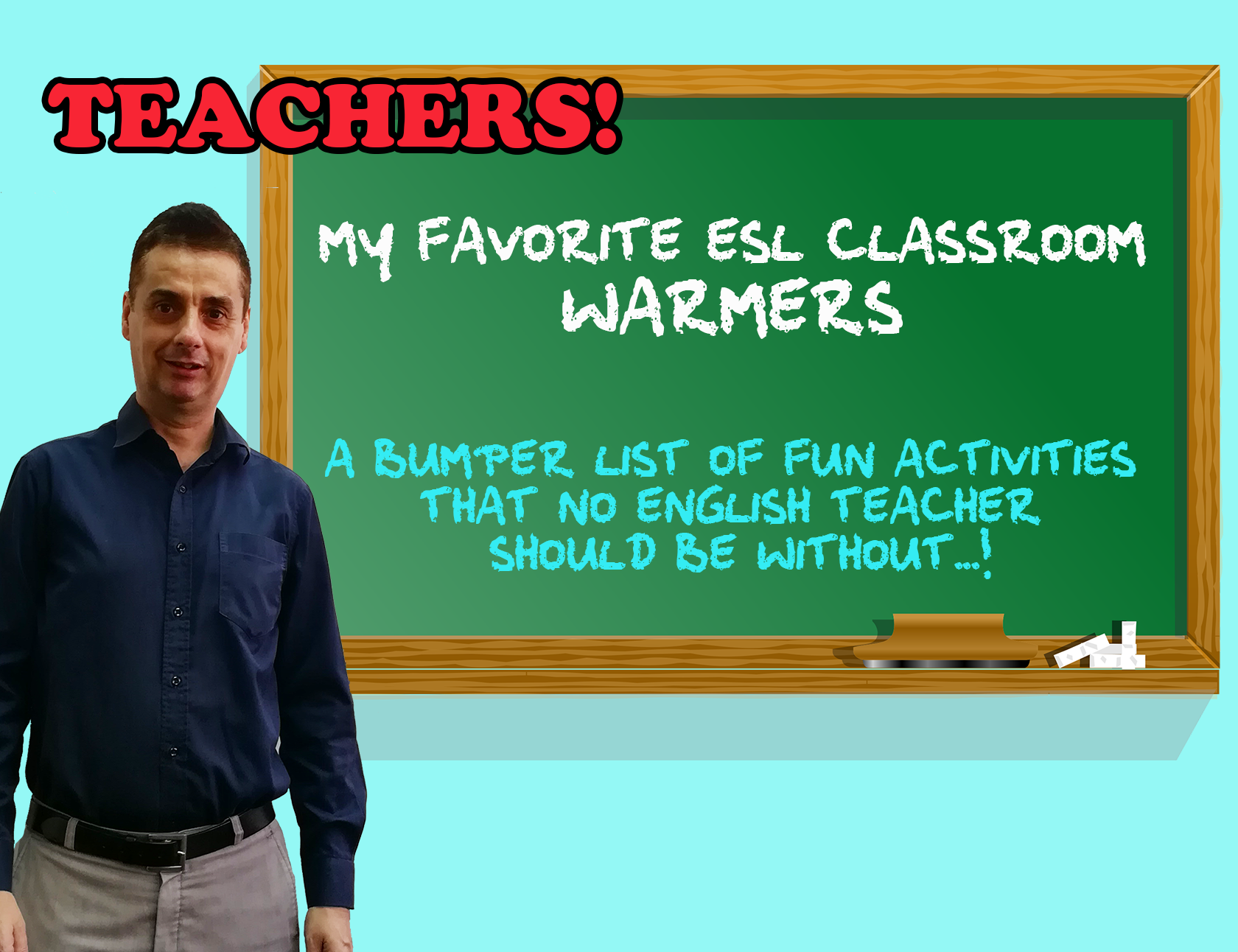
These are the warmer activities I’ve used to get my English classes off to a flying start – and believe me, the students will love them.
When I first posted my introductory post on Steemit, one of the members commented that she was planning to go to Thailand to become an ESL teacher, which is what I had also been doing, so that got me thinking because I know how hard it can be to come up with ideas for classroom activities when you’re first starting out. Because of this, I decided to compile a guide to all my favorite warmers which I had been using over my 15 years as a teacher.
I hope this guide will be an excellent resource for anyone starting out teaching, as well as those, hopefully, who already have many years under their belt. It doesn’t matter how long you’ve been teaching because as teachers we’re always looking for fresh new ideas.
But first…
Why should we use classroom warmers?
Whenever you start a lesson, it’s always good to begin with a fun warmer activity so as to get the students focused on the lesson ahead. The reason for this is it can help to activate the language circuitry in the students’ brains. One example would be the first lesson in the morning, just after they’ve arrived at school. This would then help them to get into the mood for social interactions.
Another reason is that it will help them to comfortably make the switch from their own native language to the lesson which is about to be taught in English.
And finally, it can help them to review something from a previous lesson or to focus on a topic or language point for the lesson ahead.
As well as being great classroom warmers, these are also excellent to use when you suddenly find you’re in need of a time-filler and you’re stuck for ideas. This can happen to any us at the best of times.
If needs be, you should try to adapt these to tie in as much as possible with the specific content you’re teaching. This will give the students an even better learning experience.
Finally, I hope that what I’ve shared here will benefit you as much as it has done for me and what I would recommend you do is to print this article and carrying it with you in your bag to every lesson. In that way, you can refer to it when quickly needing on-the-spot ideas.
Okay, let’s now get on with those classroom warmers…
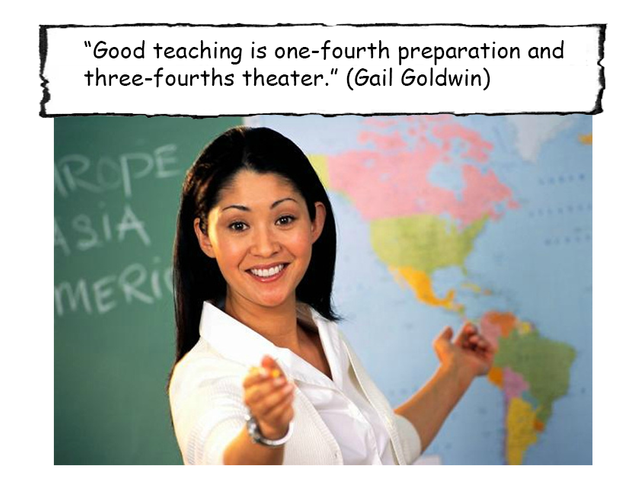
My Name Is
This is good warmer for brand new students who you’ve never met before because it can really help to break the ice with them.
What you need to do is to tell the students that they must write a sentence to tell you their names and also tell you something they like, but the thing is, the first letter of what they like must begin with the same letter as their name, for example:
My name is Sarah and I like singing.
As you can see, the first letter of Sarah is ‘S’ and the first letter of singing is ‘S’.
I’ve found this warmer especially useful when a new class of students is feeling slightly reserved and even, maybe, a little apprehensive. It acts as a good icebreaker and will help them to soon get into the swing of what is expected of them during the lesson.
Three Things about Me
A student comes up to the front and writes their name vertically down the board. They then have to think of words that represent their lives and to write these words horizontally through their name using one of the letters in their name to spell the word. An example for someone called John could be:

Once they’ve finished writing on the board, you could briefly discuss each word and how it relates to them.
Guess the Person
This warmer has always been successful for me when used with a large class of teenagers.
What you need to do is to ask your students to write down on a piece of paper five things about themselves. You can model this on the board by first writing five things about yourself. Explain to them, that they should try and write down things which are interesting and unique to them. You want to avoid things like, ‘I enjoy movies’, ‘…TV’, ‘…music’ – and often with my own students, ‘sleeping’.
Explain to them that they must keep the information secret and not let their neighbors know what they have written. Then ask them to write their names on the paper and to hand them into you. You then read out the information and the class must guess who it is. You’ll probably receive some funny answers and I’ve always found that the class has enjoyed this a lot.
To add an interesting slant to this activity, you could also ask them to include one thing about them which isn’t true. Then the class must try to guess which out of the five things is false.
I’ve found this warmer especially useful when I’ve started a new course and I have a classroom full of students who I’ve never met before. It’s a great way to get to know them better.
As a side note, I’ve on occasion had to expand upon this activity when I’ve started a new academic year and I’ve gone into my large class of brand new students to find everything I had planned has had to be postponed because the school hadn’t yet issued them with any text books. That’s meant that I’ve had to improvise a 50-minute lesson with no material.
When in this situation, what I’ve done after completing the warmer is to draw a big ? X 20 on the board and ask the students what they think it means. They will then tell me that it means 20 questions, so I then tell them that they’re probably wondering who this strange new teacher is standing in front of them and that they have 20 questions that they can ask me about myself and it can be anything they like.
Once that has been completed, I then bring one of the more outgoing students up to the front and we do the same activity again, but this time about that student.
After all this has been completed, I then ask the students if they can review what we’ve done by remembering the 20 things about me.
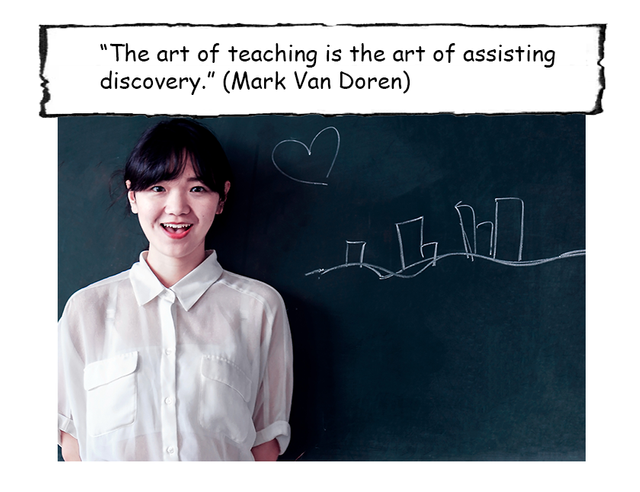
My World
I’ve found this one usually works better with more mature students.
To start this activity, you first need to draw a large circle on the board and above it write My World. Then, inside the circle you write three things which represent your life, such as, London, 1 and 1992. The students then have to try and guess what these represent, for example, 1992 was the year I graduated.
Once they have guessed all three, you could then call upon a volunteer to come up to the front to present their own world while the other students try to guess the answers.
The "Who Am I?" Guessing Game
This warmer is one of the regular staples of ESL classroom activities and I’ve found this one has worked best with small groups of adults; although, I expect it would also work well with a small groups of upper high school students.
What you will first need to do is to write down some names of famous people on separate squares of paper. You want to have as many names as the number of students you have in your class. It’s also fun to throw in a few names of infamous people, such as Bin Laden, so as to create some fun. One thing you want to make sure is that these people are known by your students. Because my students were Thai, I would include a K-pop star or someone well known in their culture. Maybe I’d even write my own name as well because that sometimes generates a laugh. You do need to be careful because this activity will fall flat if no one knows who the person is.
I then stick the pieces of paper with sticky tape on to the backs of each student. The students don’t know whose name they have on their back, so the object of the activity is for them to walk around the class and to ask the other students yes and no questions and try to guess who they are.
Word Association
This warmer has been most successful for me with small groups of any age.
To do this activity, I first explain that I’m going to say a word, such as monkey. Then a student must say the first word that comes into their head which they associate with monkey. This, for example, could be zoo. We then continue around from one student to the next and it’s often quite funny when someone comes up with a bizarre connection.
Mind Reader
Each student needs a paper and pencil. You then tell them that you are psychic and that you are going to read their minds. But first, you tell them that they have two minutes to write down as many items as they can think of in a particular category.
While the students are making their lists, you then write down on a piece of paper one item of your own choosing from that category. For example, if you had given them the category of animals, you then write down an animal on the paper. In my case, I write the word giraffe.
Once the two minutes are up, you ask the students to read out their lists. Any student who has also written the word giraffe then becomes the new mind reader for the next round.
What am I Doing?
This one is good fun with a small group of students of any age who are all standing in a circle.
One student must mime an action, such as brushing their teeth. The student next to them must then ask them what they are doing. The student who is brushing their teeth must reply by telling them an action that looks nothing like what they’re doing. An example could be playing the guitar.
The student who asked the question must now mime playing a guitar and the next student along must then ask the same question, and so on around the group.
A student is out and has to sit down when they make the following mistakes:
• They repeat an action that has already been done.
• They do an action which looks too much like the one they said.
• They take too long to do the action.
• They say the action that they are doing.
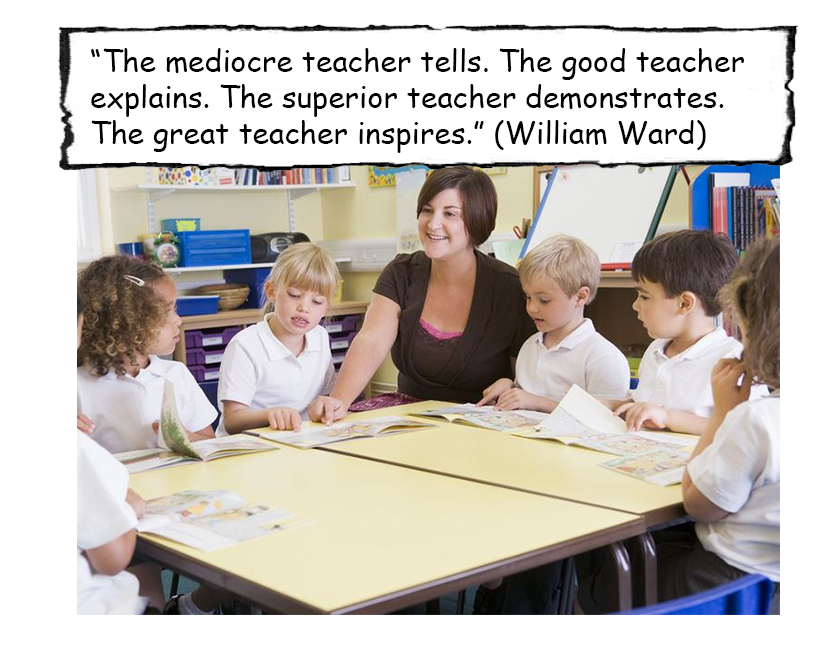
Acting Adjectives
You call a student to the front and show them an adjective. I always start with something quite easy, such as tired.
The other students must then ask the student to mime various actions, which the student does, but in a way that shows they are tired. The students have to try and guess what the adjective is.
You you can make the adjectives more difficult as you go along.
Chain Word
The first student says a word, such as ball. Then the student sitting next to them has to quickly think of another word which begins with the last letter of that word. An example could be lion and then the next student along must think of a word which begins with ‘n’ and so on around the class.
Anyone who makes a mistake or is too slow to think of a word is out.
In, On or At
On slips of paper you must first write random times including years, months, specific dates and times of day. Then each student must draw a slip of paper and tell you what they were doing at that time, but making sure they use the correct preposition of time. For example, ‘I had an exam in September’; ‘I ate sushi on Friday’, and ‘I was asleep at midnight’.
Crazy Numbers
The first student rolls a dice. Whatever the number is you write it on the board and that student must then tell you what the number is.
You then move onto the next student and they must roll the dice. You then write the number on the board next to the previous number so that it’s become a two-digit number. That student then tells you what that two-digit number is.
You keep on doing this around the class adding another digit each time until the number gets so big that the students are unable to tell you what it is.
Which Floor Are You On?
This quick game is great for reviewing ordinal numbers, which are 1st, 2nd, 3rd, 4th, etc.
In this game I draw a tall skyscraper on the board and then starting at the bottom I write the numbers 1-31 going up the inside of the building. I then write on the board the question ‘Are you on the ____ floor?’
On a piece of paper I write a number between 1-31 and keep it face down on the table so that the students don’t know what it is.
I then split the students into two teams and explain to them that their team has to try and guess which floor of the skyscraper I’m on. To do this, they must ask the question which I’d written on the board and they must add the ordinal number for that floor. Make sure that they pronounce the ordinal number correctly when asking the question.
If they incorrectly guess the floor, then I will answer ‘No’, and either say ‘Go up,’ or ‘Go down,’ depending and the floor they had chosen. Then the other team has a go and so on.
When a team guesses correctly, I show them the paper with the floor number written on and that team receives one point.
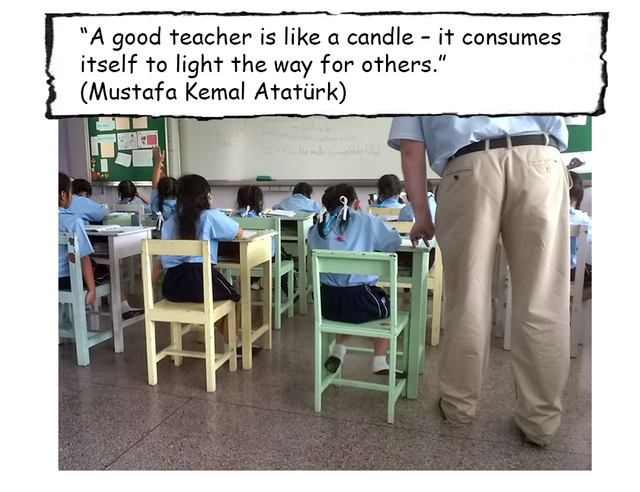
When’s Your Birthday?
This game is fairly similar to the previous game, but rather than having a skyscraper, I write the twelve months of the year in descending order on the board, as well as the numbers 1-31 (I only write these once and not for each separate month). The idea is for the two teams to try and guess the date of my birthday.
Again, if they incorrectly guess the date, I will answer ‘No’, and either say ‘Go up,’ or ‘Go down,’ depending on their date.
When one of the teams has guessed correctly, we start another round, but this time using the students’ own birthdays.
Don’t Say 21
Explain to the students that they are going to count to 21 and that each student has to say between one to three digits each time, but no one can say 21; otherwise, they’ll be out.
The first student starts by saying one or one, two or one, two, three. Then the next student begins where the last student left off. In this case let’s say the last student said one, two. That means the next student could say three or three, four or three, four, five.
This continues right up to the number 21 and so it gets the students thinking carefully about how many numbers they’re going to need to say so as to either not be out or to allow their neighbor to stay in or out.
When they reach 21, you start a new round with the remaining students starting with one or one, two or one, two, three.
This game can be a lot of fun and especially so when a student intentionally causes the student next to them to be out.
Don’t Say Z
This is a variation of the previous game, but this time you substitute the numbers with letters, with Z being the letter that can’t be said. This is a fun way to drill the alphabet.
Shotgun Spelling
This is a good warmer for young learners who need to review their spelling.
Stand the students in a line. You then tell them that you have a gun and you will say a word and shoot your gun at one of the students randomly. The first student you shoot at must then give you the first letter of that word. If they say the correct letter, then they are still alive and they can then shoot back at you.
You then shoot at another student and they must correctly tell you the second letter before being able to shoot back at you. You keep going until they have finished spelling the word.
Any student who makes a mistake is counted as being shot and has to sit down. You continue the activity until you have a winner.
Jump Jump Pow
This is a fun game if you have a large class of young learners and you need to review the spelling of words.
The students must all be standing. Explain to them that you will say a word and that they must each take it in turn to tell you one letter from that word in order. When the word has been spelt, the next student then says the word, and then the next two students must jump, followed by the last student who goes pow and has to sit down.
After a student has been powed, you start with a new word for the next student along. Here's an example: let’s say the word is tiger:
1st student = T
2nd student = I
3rd student = G
4th student = E
5th student = R
6th student = Tiger
7th student = jumps
8th student = jumps
9th student = POW (The student is out and has to sit down)
Students are also out and have to sit down if they tell you the wrong letter. The winner is the last remaining student.
Spinning Spelling
This spelling activity can also be good for older students, but you will need to make sure you have plenty of space for doing this; otherwise, you could end up having an accident.
The students are first split into two teams. Then, have a volunteer from each team stand a couple of meters away from the board. You then tell them that they must both spin around quickly 10 times when you shout Go!
Once they’ve spun around you shout out a word and they must run up to the board and write the word as quickly as possible without making any spelling mistakes. The fist team to write the word correctly receives one point.
The fun part is watching them struggle to the board and trying to write legibly.
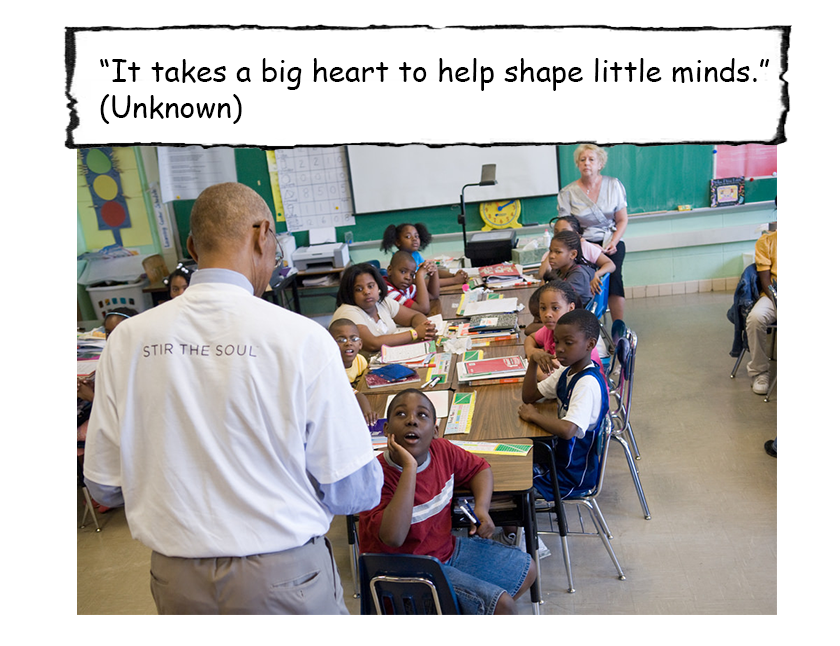
Verb Drawing Race
This is another activity which is good for the younger students.
To do it, you first need to split the students into two teams and to have them standing some distance from the board.
You then shout out a sentence containing a verb, for example, The elephant is riding a bike. A student from each team must then run up to the board and quickly draw what you have just said. The winner is the first person to finish drawing a correct representation of it.
The Psychiatrist
This one is good to do with teenagers and adults and it always gets a laugh.
First of all, you must choose a student who is going to be the psychiatrist and they have to wait outside the room. Then while they are outside, the other students have to think of something they have wrong with them. This could be a left eye that twitches when they are spoken to.
Once everyone has decided what the problem is, the psychiatrist is called back into the room. What the psychiatrist has to do is to then ask the patients questions about their problems. While the psychiatrist does this, the students must perform their ‘problem’ until the psychiatrist has guessed what it is.
When the psychiatrist has finished, a new psychiatrist is chosen and they must then go and wait outside, and so on.
Fictional Language
This is another fun warmer which always gets a lot of laughs.
To do this, you tell the students that they have to talk about something in English and that when you shout Change!, they must switch to speaking in a fictional language.
I always demonstrate this first and when I switch to the fictional language, I try to make it sound as silly as possible and I always include hand gestures as well.
Toilet Paper
This warmer might not be such a good one to do with a group of business executives in a corporate English class, but I have found it good with teenagers – and especially ones that can be a little rebellious at times.
To do this activity, I first walk around the class with a toilet roll and ask selected students (usually the more rebellious ones) how many sheets of paper they would like. They usually look at me with a confused expression, but I don’t explain any more than that. Once they tell me how many they would like, I then tear of that number of sheets and hand them to them.
As I go around the class, I usually find that one or two of the students will cheekily ask for a larger number of sheets. Again, I give them whatever number of sheets they ask for.
Then after I’ve gone around I ask the class who has the sheets of toilet paper. I then tell them that whatever number of sheets they have, they must now tell me the same number of things about themselves.
Fortune Cookies
I first discovered this warmer on Dave's ESL Café, which is a great website if you’re looking for teaching resources.
First of all you need to write some short messages on slips of paper. These could be things like, ‘You will meet a famous person’, ‘You will get something you’ve always wanted for your birthday,’ or ‘You will be going to the cinema tomorrow evening.’
Then put all the slips of paper together in a box and go up to a student and tell them that they are going to put their hand into the box to pick out one of them, but before they can do that, they must first say the magic spell, which is: ‘O-E, O-E ...what will my fortune be?’
After they have picked out their slip of paper, ask them to read it out to the class. You can then ask them to elaborate further on how this prediction could relate to them. For example, you could ask ‘Who is you favorite person?’ ‘Why do you like them?’ ‘What present have you always wanted?’ ‘What film would you like to see?’ or ‘What is your favorite film?’
You should be aiming to have a short conversation with each student.
Odd One Out
On the board write a group of four words. The students must then guess which word is the odd one out. Some examples could be:
mango, pine apple, tomato, carrot – a carrot is a vegetable
doctor, nurse, patient, surgeon – the word patient because all the others are jobs
comic, engine, songs, school, river – the word school doesn’t begin and end with the same letter
thumb, design, scissors, pencils – the word pencils doesn’t contain any silent letters
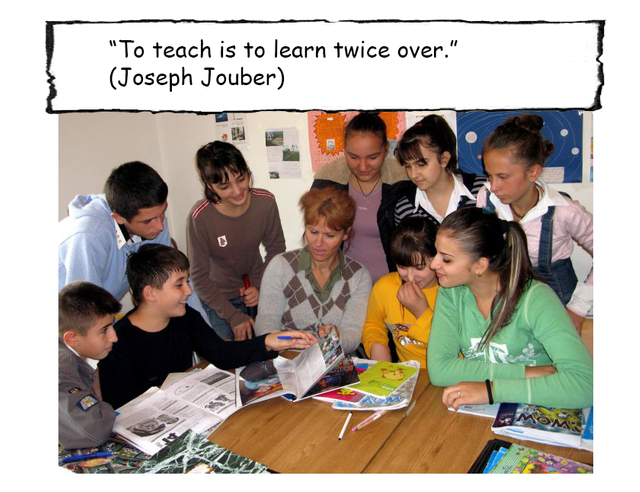
A-Z Race
I split the class into teams and ask each team to write A-Z in a column on a piece of paper. I then give them two minutes to write down a word for each letter in the alphabet.
The winner is the team who either completes the list first or if they are unable to finish in the allotted time, then the team who's written down the most number of words.
The Adverbs of Frequency Game
You will first need to write down each adverb of frequency on a separate card. Adverbs of frequency are words, such as always, sometimes, occasionally, often, and never, etc.
You then split the class into two teams. One student then picks up an adverb of frequency card from the stack which has been placed face-down on the table. They mustn’t tell the other team which adverb of frequency they have, but instead they have to choose one of the students from the other team and to ask them a question in the hope that they can elicit an answer containing the same adverb of frequency as the one written on the card. A typical question would be ‘How often do you eat cats?’ The answer would hopefully be ‘never’.
Trying to elicit ‘never’ should be fairly easy, but the others can become a lot more difficult, so it helps when the students already know each other well.
Today I am Wearing…
The students sit in a circle. Then each student must imagine an item of clothing they are wearing and its colour and then tell the class. Then the next student along must say what the other student was wearing and what colour it was and then they must add their own item of clothing and its colour. You continue around the class with each student having to remember more and more items of clothing and their colours. Any student who forgets is out.
You keep on going until you have a winner.
Word Association
This is a quick fire activity in which you go from one student to the next.
One student begins by saying a word, such as banana. Then the next student must quickly say the first word that comes into their head which they associate with banana. This could be monkey. Then the next student after that says the first word that comes into their head which they associate with monkey, such as zoo.
You continue around the class as quickly as possible.
Nationality Tennis
This warmer is for reviewing the different nationalities and their corresponding countries.
What you first need to do is to divide the class into two teams. Then explain to them that they are going to play an imaginary game of tennis. The first team to serve the ball must say the name of a country. The other team must hit the ball back by saying the county’s nationality. If they answer correctly, they receive one point and then they must say the name of a country. The other team then has to say that country’s nationality and so on.
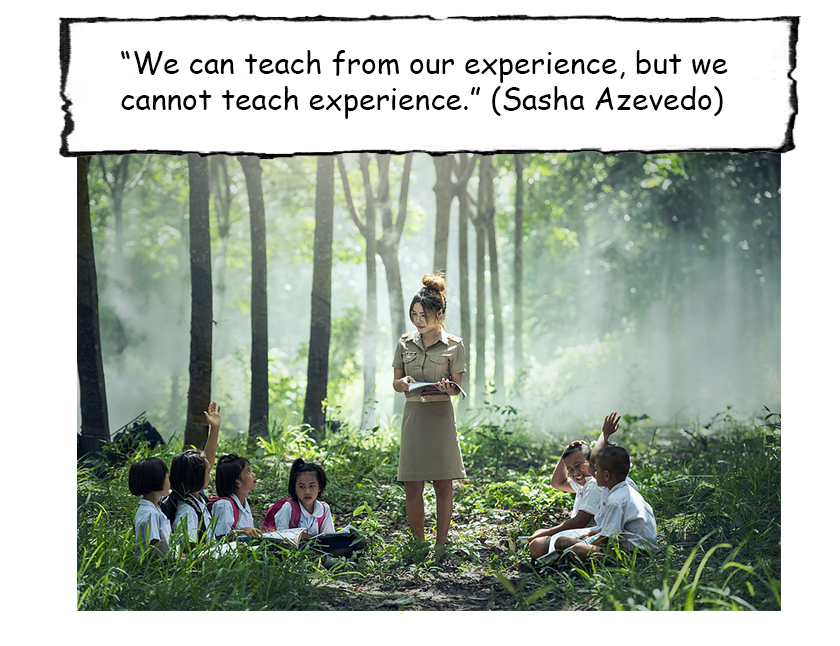
Finally, folks…
I hope the warmers I’ve shared here will help you as much as they’ve helped me over the years. I've had great fun doing them with my students and they've always helped to break the ice and get the lesson off to a good start.
If anyone’s interested, I also have a number of good games which I used to play with my own students and I would be happy to share these sometime in the future, so stay tuned.
Until next time…

Sources:
One of my favorite websites over the years for teaching resources has been Dave’s ESL Cafe:
All images used were labeled for reuse with modification.
